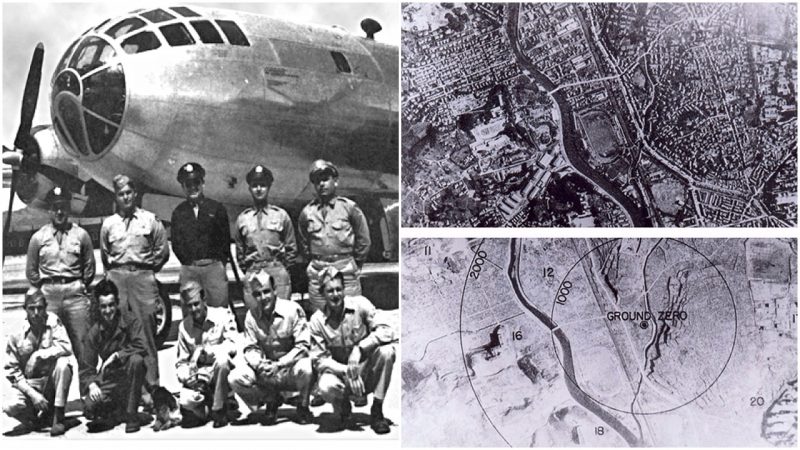The atomic bombings of Hiroshima and Nagasaki were the first ever, and hopefully only, attacks carried out with the use of nuclear weaponry. The first bomb, nicknamed “Little Boy”, was dropped on Hiroshima on August 6, 1945.
It killed tens of thousands of soldiers and innocent civilians, and destroyed most of the city’s infrastructure. However, Japanese government refused to surrender after the first attack and urged its people to continue fighting. Therefore, the United States of America chose a new target among the four cities they deemed to be suitable for another nuclear attack.
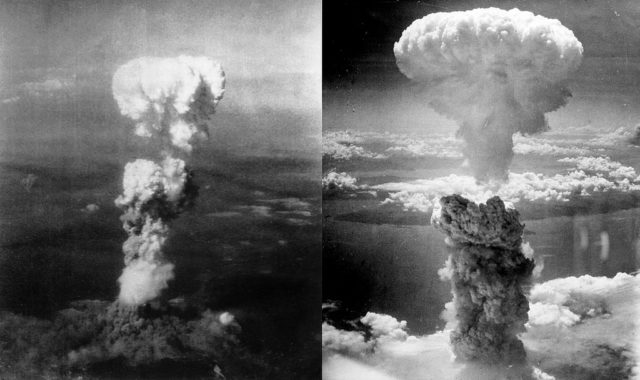
They chose the city of Kokura, which was home to Japan’s largest ammunition plant. Other cities that were on the list were Yokohama, Niigata, and Kyoto. Kyoto was replaced by Nagasaki because the U.S. officials considered Kyoto to be mainly a historical, religious and urban center, and its destruction would lead to the death of countless innocent victims and the massive destruction of historical heritage.
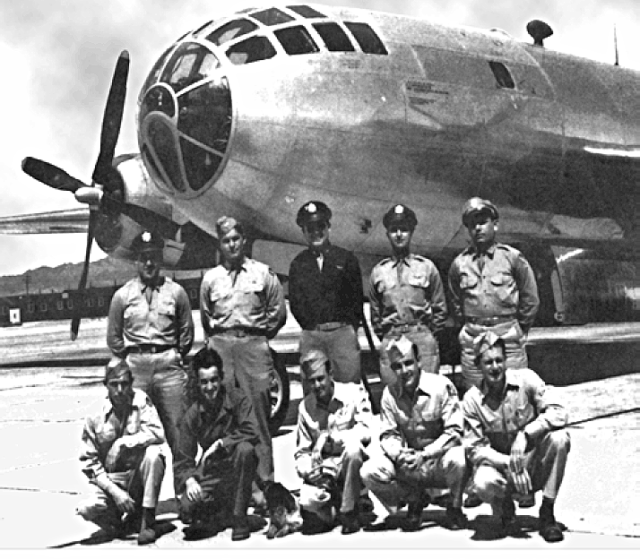
In the early morning of August 9, 1945, the B-29 plane named “Bockscar” carried the atomic bomb nicknamed “Fat Man” from the Tinian base in the Pacific Ocean towards the city of Kokura. Kokura was obscured by layers of thick clouds, and the plane couldn’t safely reach the position where the bomb was supposed to be dropped. The pilots made several attempts to reach the target position, but Japanese anti-aircraft guns almost hit the plane, and mission commander Ashworth promptly diverted the plane towards Nagasaki.
The whole operation was running late, and one of the auxiliary fuel reservoirs had broken down, which meant that the crew couldn’t return to the Tinian base after the bombing. On realizing this, they had to adjust their flight plan after the bombing to reach the Allied territory at Okinawa instead.
Nagasaki was also obscured by thick clouds and the target spot was not visible, but the mission commander decided that the crew would rely on radar calculations to reach the place where the bomb was to be dropped. This resulted in a slight miscalculation, and the bomb was dropped 3 kilometers northwest of the planned target spot.
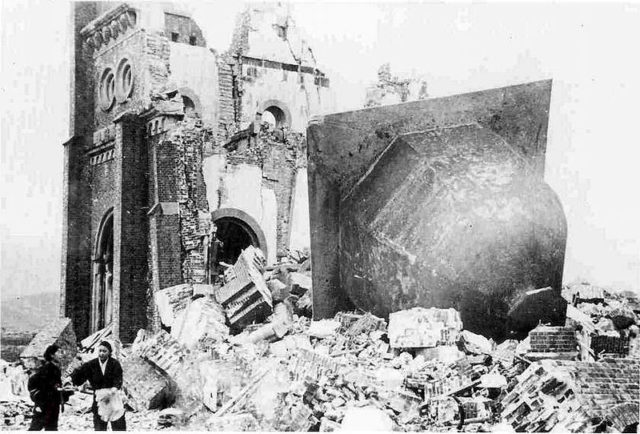
This miscalculation ended up being a small benefit for the people of Nagasaki, because the explosion of the bomb was confined to a part of the city known as the Urakami Valley.
A significant part of the city was protected by the hills that surround the valley, but even so, at least 40, 000 people were killed in the explosion and its immediate aftermath.
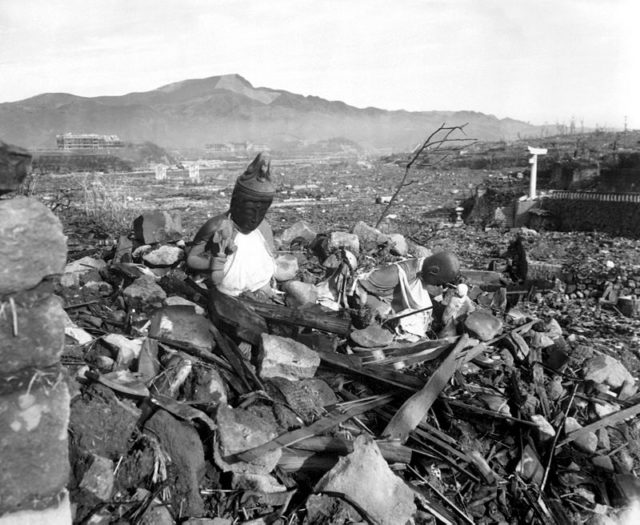
The slight unpredicted change in the weather spared the city of Kokura, which would have been completely obliterated due to its position in mostly flat terrain.
Still, one atrocity of war was replaced by another, and tens of thousands of families were left in pain and grief.
